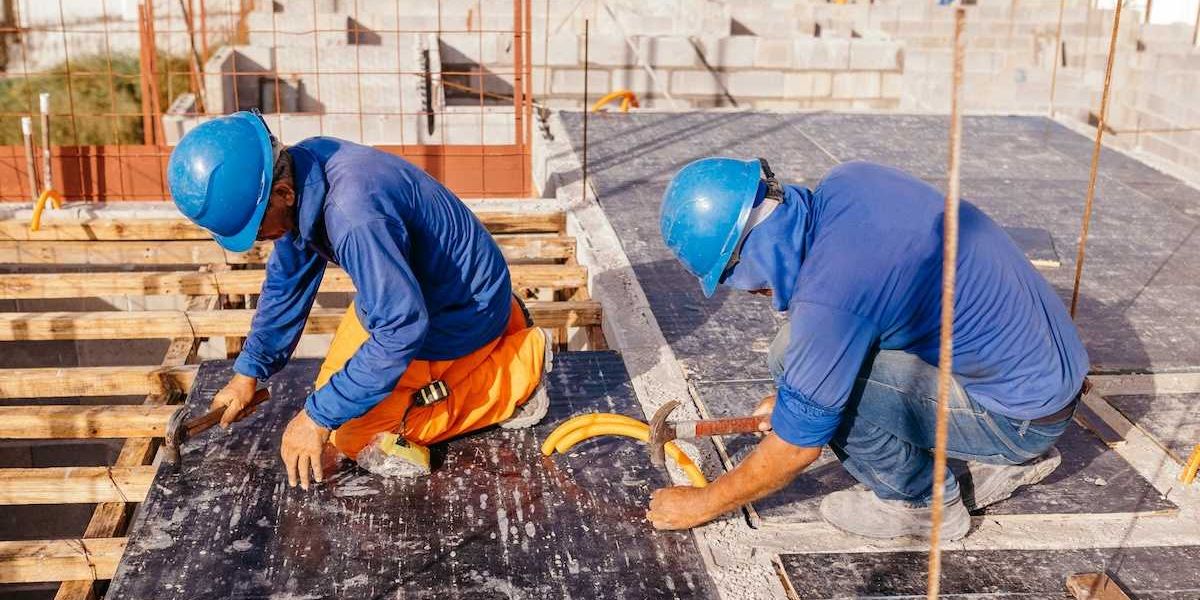Zeppelins might be slow, but their comeback could move the needle on green aviation
In the race to cut aviation emissions, a handful of startups are betting on modern-day zeppelins to revive air travel’s slow, scenic, and sustainable past.
Nicolás Rivero reports for The Washington Post.
In short:
- New zeppelin prototypes use helium and hybrid engines to reduce fuel use and slash emissions by up to 90%, though none are yet flight-certified.
- Companies like LTA Research, Hybrid Air Vehicles, and Flying Whales are backed by tech billionaires and governments, aiming to serve cargo and tourism markets with massive airships.
- Airships could fill a transportation niche between costly, fast air travel and slow, fuel-guzzling trucks — especially for bulky freight and remote destinations.
Key quote:
“We don’t need cargo jets. There’s very little trade that needs to go that fast. They’re the most polluting form of air transport, and that’s what airships should replace.”
— Barry Prentice, professor of supply chain management, University of Manitoba
Why this matters:
Some tech-world visionaries are betting big on airships as aviation’s unlikely green comeback story. Airships could serve places jets don’t reach and roads can’t handle, delivering turbines to mountaintop wind farms or tourists to hard-to-reach eco-resorts. They move slower, but with climate change bearing down and global freight demand exploding, slow might be the new smart. If they can get off the ground commercially, they might help decarbonize shipping and offer greener travel experiences.













